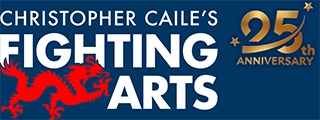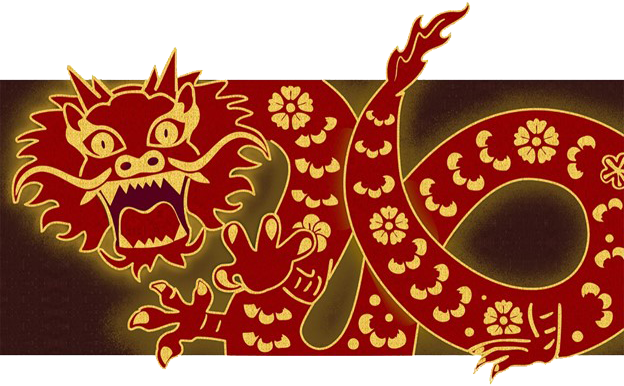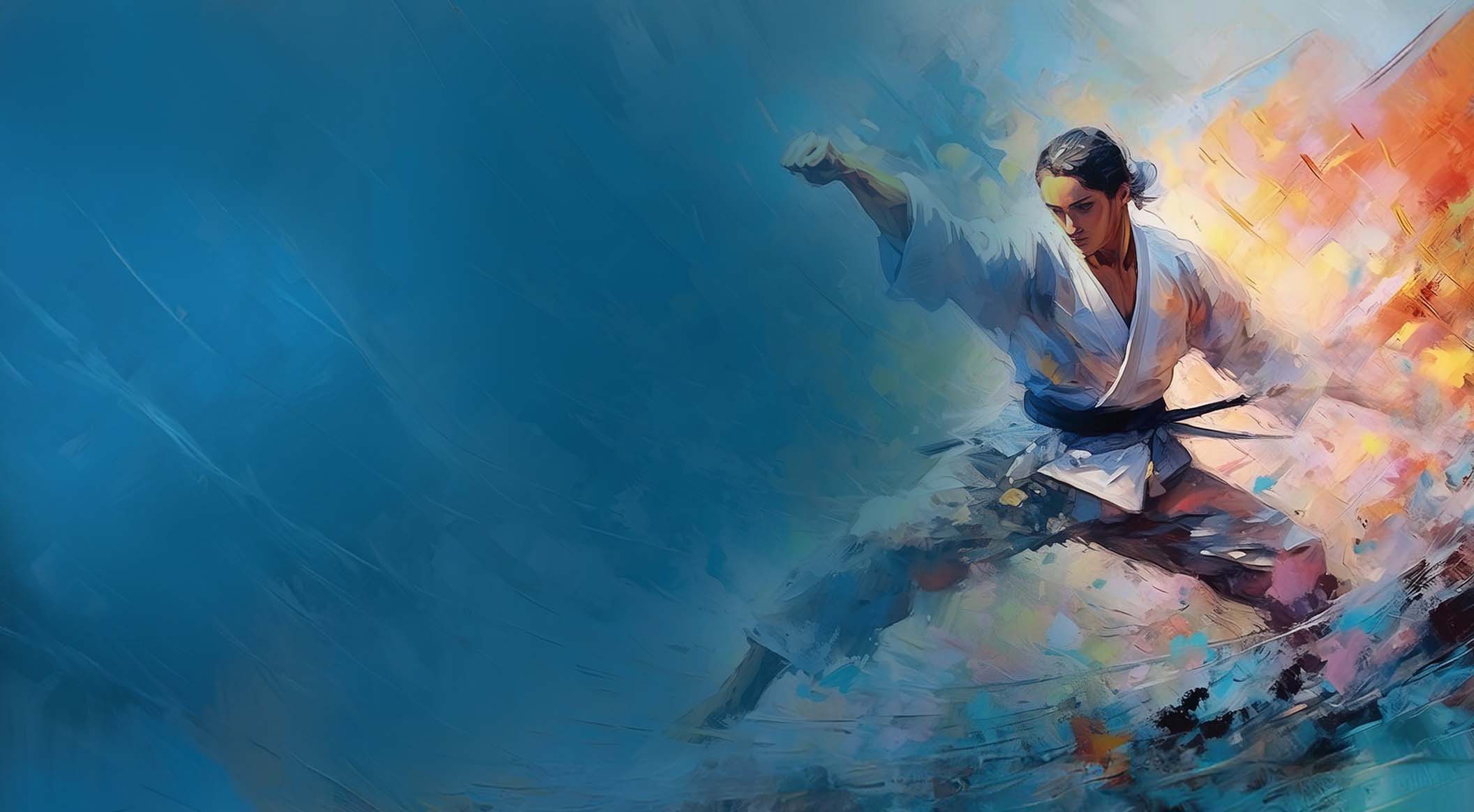Hidden Arches: The Gateway To Mastery
By Jeff Brooks
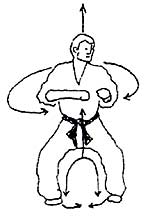
As we begin martial arts training we acquire new techniques. But as we mature as practitioners we are concerned as much or more with changing the deep constitution of the body.
Whether you are a practitioner of tai chi, aikido, kendo or karate, this is a fundamental concern of advanced training and no mater how many advanced techniques you have memorized, until your body and mind transform deeply, you will not be able to deploy the skills you have learned with true mastery. Everyone can achieve this. It just takes consistent practice and an understanding of what you are going for.
As advanced practitioners we are learning to unify the body. Transforming what we experienced as beginners as the "parts" of the body into a unified system of "arches." Like arches in architecture, experiencing the body in this way allows incoming pressure to be distributed over the entire structure of the body, from head to toe, so that the perception of the opponent's incoming force is not localized at the point of contact, but sensed by the entire body. This allows an immediate adjustment in response, instead of a delayed reaction.
The change in the way we experience the structure of our body from beginner to advanced is similar to the change in architecture from the Greek to the Roman period. The Greeks created structures using columns for vertical support, spanning them with cross beams.

The amount of material needed to support a given load or to enclose a given amount of space was very high. The load limit of this structure – the amount of weight it could support – depended upon what is called the "compression strength" of the material the column was made of.
With a stone column it was very strong — as long as the stress was applied from the top down. If you stress columns from the side, or from an angle, stressing the joint of the vertical and horizontal, the structure is weak and unstable.

The genius of the Roman arch (especially the hemispheric arch) was that it could support an equal amount of vertical load using much less material than the Greek method, because the arch distributes the load over the entire span of the arch. They are even more stable, too, because they can take load in many directions, not just the vertical.
As a beginning martial artist we learn to move by dividing the body into parts and analyzing what to do with each part – move the foot like this, turn that way, keep shoulders down, keep elbows in, the wrist like this, the ankle like that… etc. This is a useful and necessary stage of the process of learning to move skillfully. It is similar to learning the alphabet before learning to read. But if we get stuck in this thinking, if we take the body to be a collection of "parts," we will never appreciate the body's coherence and immense ability.
With regard to various versions of the horse stance, for example, we can see many practitioners use the "Greek" construction described above: two legs as the vertical supports, the pelvis spanning them, joined at the hips. If our body feels like that, it will function in a way that is inherently weaker than its potential. The limit of that stance from the vertical is in the muscles of the calves and quadriceps, and the strength of the hip, knee and ankle joints.
You can transform it into a stance that is many times stronger, however, if you know what to do. The amazing thing is you do not have to do years of muscle building to effect the transformation – you just have to think differently about what you are trying to achieve in your stance. To do this you use the "Roman" approach to the structure of the stance.
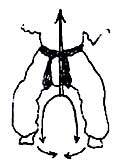
There is no need to maintain high tension or rigidity in the body to create arches, but it helps to get the feeling when you start to discover them. Once you have the leg arch try this: extend your arms in a "square punch and chambered fist" position. (I put that in quotes because that hand position has numerous applications that have nothing to do with a square punch or a chambered fist, but it is a convenient label for the arm position.)
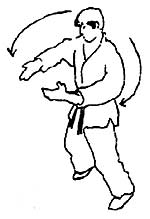
Arm arch

Leg and arm arches together
Now make your arms into an "arch." Get the feeling that instead of two separate levers hanging from your shoulders you have a single unified system of energy running from fist, across your back (separate the shoulder blades drawing the shoulders forward to get this feeling) and continue the feeling of unbroken energy flow around to your other fist. That is an arm arch.
Extend your spine in an erect vertical chain, feeling the small spaces between the vertebrae, like the pulling up of a ballet dancer. That is a spine arch.

Spine arch

Three arches of the body seen together
When you start to make the body into arches, it is a conscious, labor-intensive process. Just like learning your first basic techniques when you started. But gradually it becomes natural. And instead of be a static, tight type of feeling, it becomes more and more dynamic, and whip-like. A feeling more like the resilience of bamboo than the rigidity of stone.
Instead of having the body divided into three arches, the entire body, little by little, is trained to perform as an integrated dynamic system of numerous arches, with flows of energy moving as necessary.
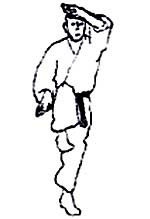
Myriad arches: splitting plus knee strike, from the kata Rohai
This is essential work for advanced martial artists in any style. Using push hands and a variety of our kata styles (from whipping ones to rooted ones) we are developing the ability to unify the body in space (unifying the parts of the body) and time (unifying movement sequences.)

Push hands and kumite
We also unify the body and mind – deleting the time delay between perception, will and movement. Also we can in a sense unify with or at least harmonize with our opponent. As we get better at manifesting this "dynamic arches" feeling in the body we can sense the opponent's intention and "read" his weak points and threatening points as we interact with him.
This principle which we call arches is part of a sophisticated system of movement and knowledge of body architecture which was fundamental to pre-modern karate. The enormous speed and power it allows you to unleash is your own power. You have it now. Discovering it in yourself is not just a thrill, but for the advanced martial artist – for the 5 year practitioner who is looking for a new dimension, or for those at the 10, 15 or 20 year mark who may have hit a plateau – it marks the opening of immense potential in your practice that can lead you to the gates of mastery.

Jeffrey M. Brooks
Jeff Brooks (9th dan), began martial arts training in 1978 and opened his first karate dojo in Northampton, MA (1988 through 2009), while also conducting self-defense seminars, professional programs in combative skills and served as a regular contributor on Zen and karate-related topics to FightingArts.com.
Jeff then moved to South Carolina and started a career in law enforcement, serving as a police officer, then detective, defensive tactics instructor, firearms instructor, PPCT instructor, Deputy US Marshal, and Deputy Sheriff. After retirement, he founded Mountain Karate in Saluda, NC.
In karate Brooks received his 5th degree Black Belt from the Nagamine honbu dojo, his 7th degree black belt in 2004, and his 9th degree black belt in 2022, in recognition of his formation and leadership of Yamabayashi Ryu. He studied with leading teachers in Okinawan, Japanese, and Chinese traditions, in the US and overseas, including Katsuhiko Shinzato (the translator of Shoshin Nagamine's Essence of Okinawan Karate Do, and formerly a student of the Kishaba brothers' karate and kobudo); Sogen Sakiyama, Roshi (direct student of Miyagi Chojun, and practitioner of Goju-ryu karate); and Shoshin Nagamine (Chief of the Motobu District Police, Mayor of Naha, and founder of Matsubayashi Shorin Ryu).
Jeff Brooks has written hundreds of published articles on martial arts, and Zen and has been cited widely online and in print. He wrote speeches and presentations for high profile public figures in politics, media, business and the arts.
He is author of several books including "True Karate Dō", available on Amazon.com
Search for more articles by this author:
